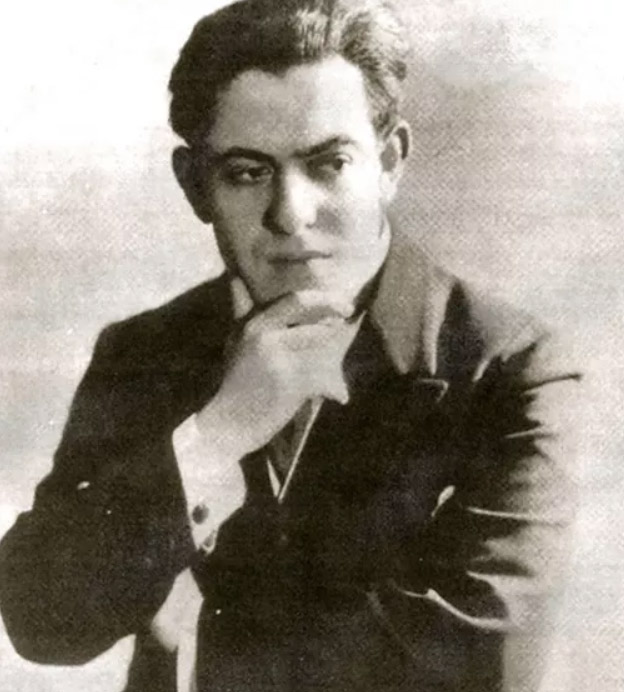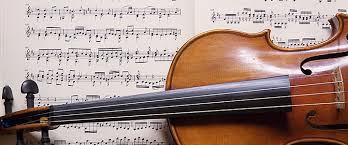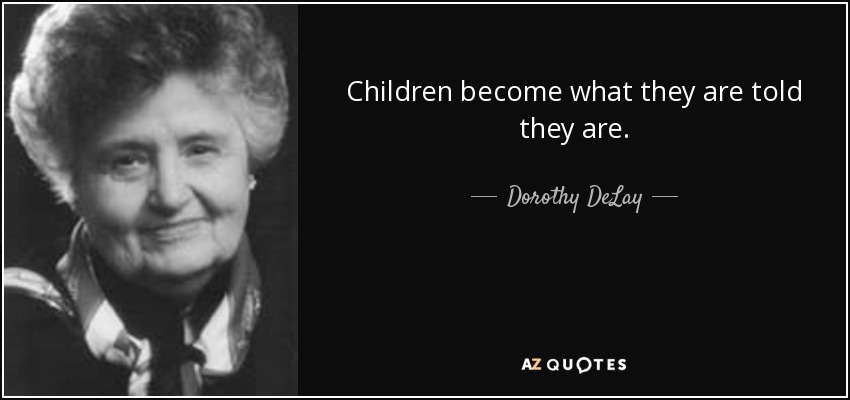
The mysterious Mr. Dounis
It was the summer of 1999 when I first heard this name. A Canadian violinist I played with in the Jeunnesses Musicales World Orchestra mentioned that he practiced Dounis. At the time this information didn’t really attract my attention. A couple of years later, I came across an extensive article on Dounis in the Strad magazine, which made me a bit more curious about the man but I did not search further. A few years ago though, I got Dounis’ exercise book 'The artist’s technique' and from that moment on I wanted to learn everything about him and his method. Therefor, I bought all his books and a biography by Chris Constantakos and I started my research.
In this article I will outline some characteristics of the Dounis method that make him so unique. Before that, let me share a few biographical elements (You can find more if you click on the links at the end of this article). Demetrios Constanine Dounis was born in Athens in (maybe) 1894 and died in Los Angeles on the 13 August, 1954. He was a medical doctor, violinist and mandolinist and he came from a wealthy family. Since he was a child, he wanted to become a violinist, but unfortunately he lived at a time in Greece when it was not considered proper for the son of a Greek upper class family to be a professional musician. Dounis’ father believed that the only professions that his son should follow in order to honour his family traditions were those of a doctor, a lawyer or a priest. Dimitrius chose to be a doctor. This proved to be a wise choice because through medicine he got a thorough knowledge on the functions of the human body. This made him very unique as a violin teacher. Regarding this, I have a short personal story I would like to share with you. Many years ago I was at a dinner in Munich. The banqueters were the jury of the ARD violin competition. Among them there was a lady around 90 years old called Alice Schoenfeld who at the time was a professor at the Thornton School of Music of the USC. Ι chatted with her and there I got the chance to ask her if she ever met Dounis. She paused for a second and she said in a low voice: “Dounis was of great importance to us [string players in the U.S.]. Back then when we experienced pain because of playing, we didn’t want our colleagues to know. We would go secretively to Dounis who would cure us. He could immediately spot what we were doing wrong in our playing and he would give us the proper remedy.” There is some mystery about Dounis that he created and nurtured. For example, very often he arranged lessons in such a way that a student would not meet any other student in their way in or out. Dounis also liked to use aliases. When he was performing as a mandolinist he came by his brother’s name “Anton”. When he played as a concertmaster of the Roxy Theatre Orchestra he used the Russian name “Yaltoff”. Russian violinists enjoyed a great reputation in the U.S.A. at that time so Dounis believed that if he would pretend to be Russian, people would appreciate him more as a violinist. Dounis approached teaching very differently to most of the violin teachers of his era. Back then the teaching model, known as “Master-Apprentice” was very common. In that type of teaching the student is not usually asked about their opinion on the learning process, the repertoire or the interpretation. The teacher gives the instructions and the student just follows (or should I say “obeys”?). Dounis chose a totally different approach for his teaching. His method was similar to Socrates’ midwifery method. As many of his students mention, Dounis didn’t like to give straight directions. Instead he was asking a series of questions that led the student to the solution of their own technical or musical problems. As a result the students got very confident because they realised that through careful observation and analysis there was no obstacle they could not overcome. Dounis also believed that everyone has what it takes to play the violin, provided that a teacher helps them to connect with their native instincts, which they “forget” as they grow. A good example of the manner he helped students connect to their native instincts is how he taught the production of soft sound. When he wanted to teach a student how to produce a soft sound he didn’t give concrete instructions and theories. Instead he asked them to stroke a smooth surface and concentrate on this feeling. Then he would ask the student to imitate that feeling of smoothness when making the bow stroke. Personally I have tried this approach with my students and in my own playing and it seems to be highly effective. Another strong belief that Dounis had was that the student should exercise the mind more than the hands. He was of the opinion that every movement we make is just a reflection of a mental image. So, the clearer the mental image, the more confident and safe we feel during playing. Also, if we practise in changing a mental image, then the corresponding movement will also change. He believed that if a violinist practices mentally in such detail that every playing movement is very clear in their head then the violinist should be able to play even the most difficult passages without the need for a warm-up or constant practicing. This process is called “mental rehearsal” and it’s becoming very popular in the performing arts around the world. I will write more about it in a different blog post. Dounis’ story and practices interest me very much both as a performer and as a teacher and I intend to write a lot about him in future posts. That is all for now.See you soon!
Links
www.masterthecello.com/blog/d-c-dounis-interview-1
https://open.bu.edu/bitstream/handle/2144/12231/Stewart_Emily_2013_nosig.pdf?sequence=8&isAllowed=y
https://www.amazon.co.uk/Dounis-Collection-Eleven-Studies-Violin/dp/082585850X/ref=sr_1_1?ie=UTF8&qid=1507609924&sr=8-1&keywords=dounis



